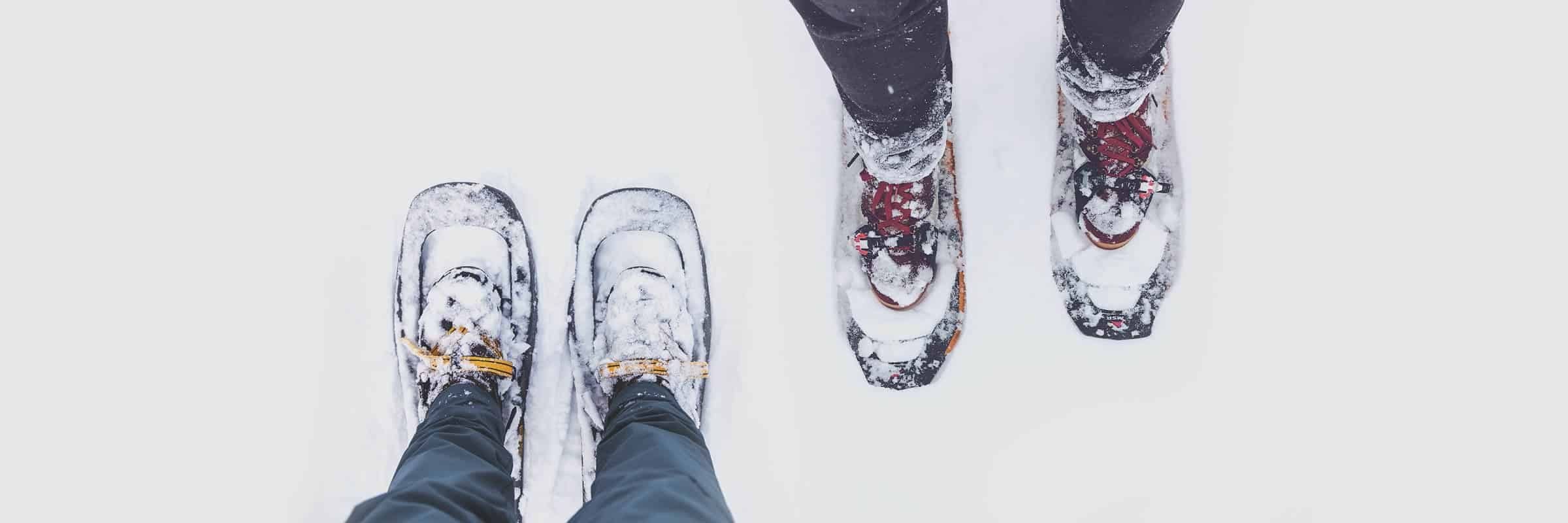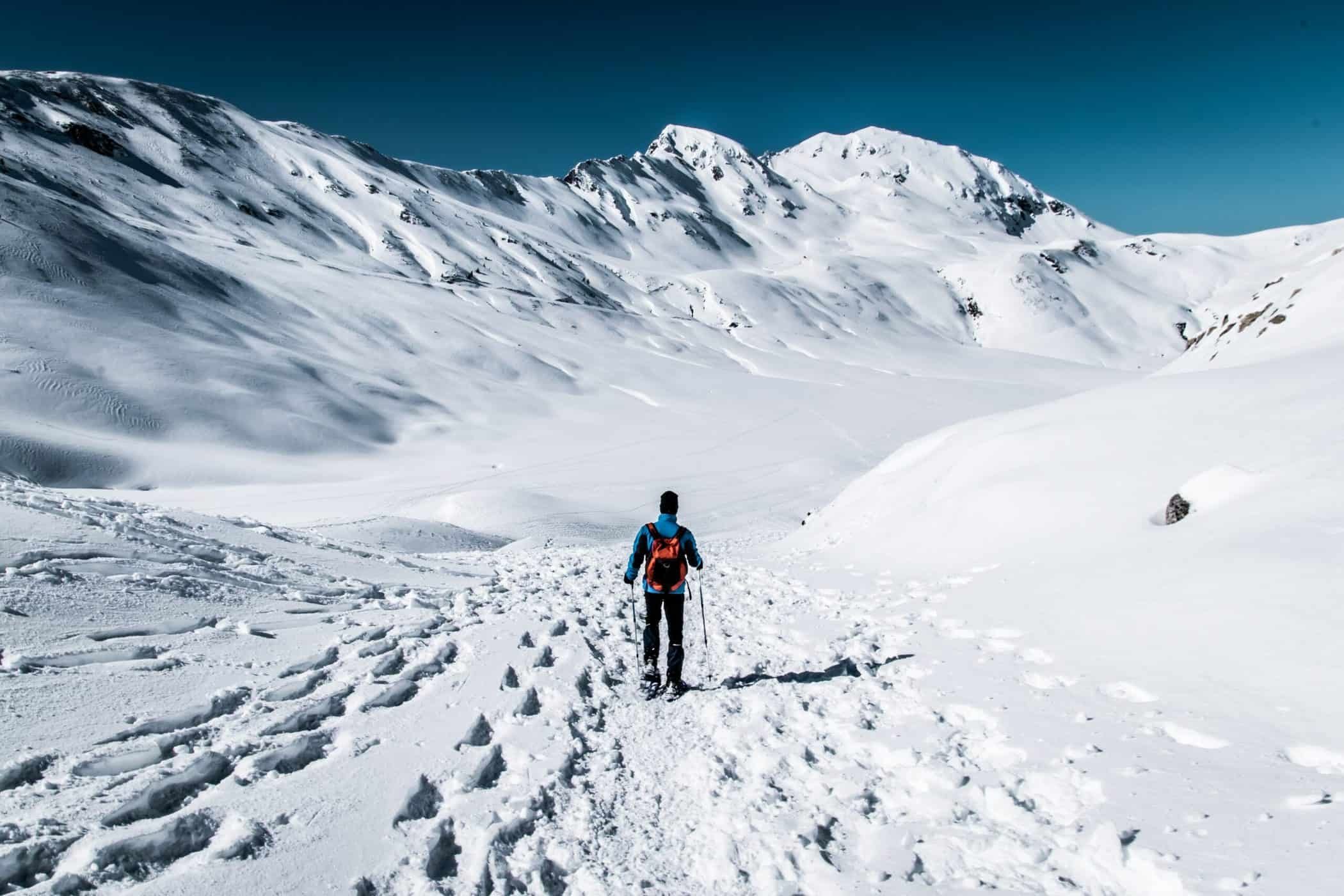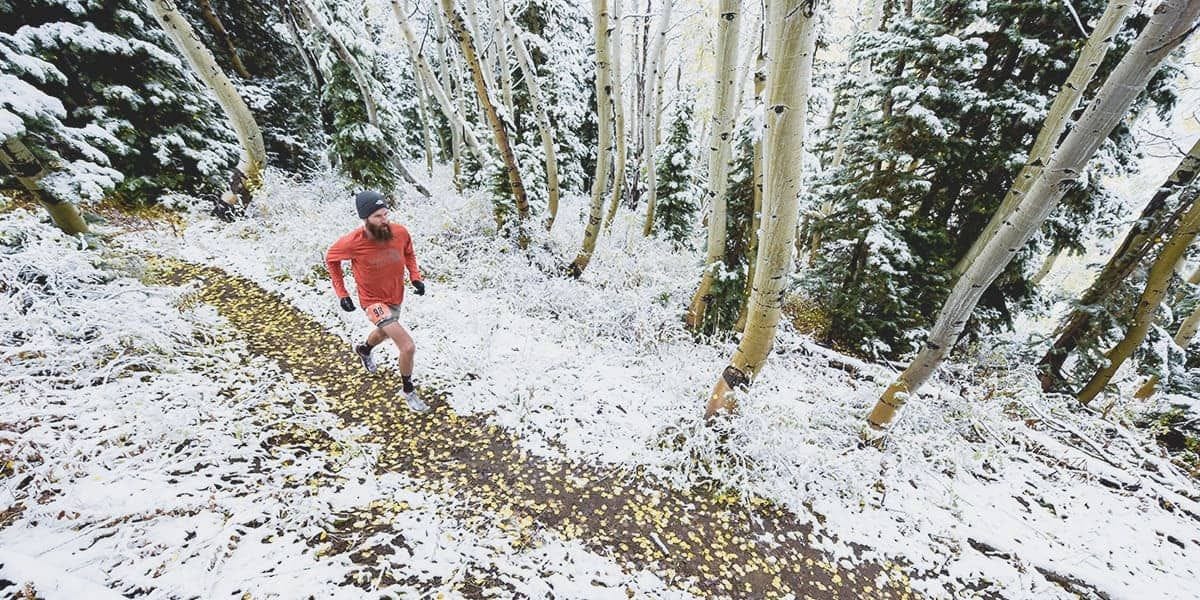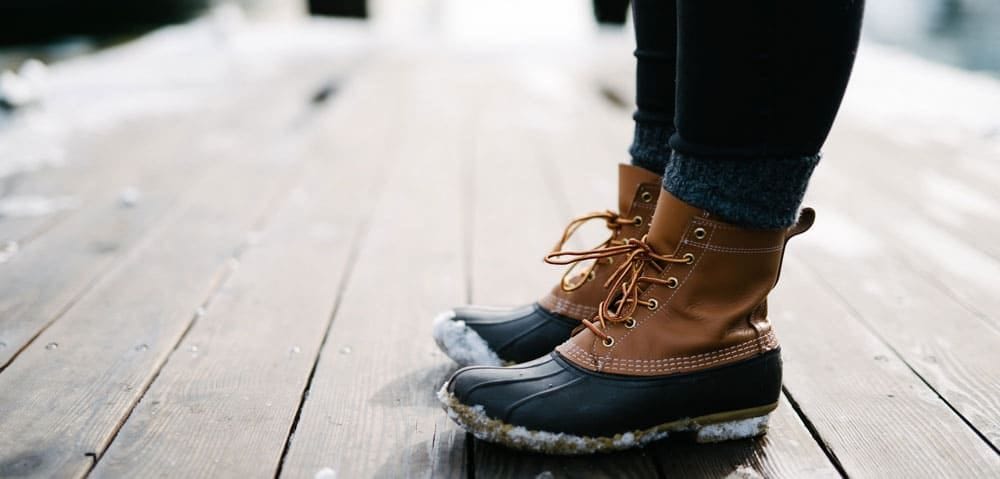Winter on a cool day can be enjoyable. Winter at its worst can be an absolute nightmare. Good or bad, winter is cold. Seems obvious, but finding the right pair of boots to take on the elements isn’t. Some boots are designed to do it all while others can have a specific use based on activity and weather. There are lots of factors to consider when choosing the right winter boots, but one thing you shouldn’t overlook is the type of insulation used to warm your feet. It can be a headache navigating through different winter boot insulation types. We hope this guide will preserve your sanity during the shopping process this season!
UNDERSTANDING DIFFERENT TYPES OF INSULATION
Primaloft
PrimaLoft insulation is very popular with brands like The North Face, Danner and Timberland known for making ultra-warm and durable winter boots. It’s made of small hollow polyester fibers which are highly compressible and surprisingly water-resistant. This insulation, therefore, provides excellent warmth for its weight.
Price: 0.00$
Brand Name | Product Type
Brand Name | Product Type
PrimaLoft insulation is very popular with brands like The North Face, Danner and Timberland known for making ultra-warm and durable winter boots. It’s made of small hollow polyester fibers which are highly compressible and surprisingly water-resistant. This insulation, therefore, provides excellent warmth for its weight.
Price: 0.00$
Thinsulate
Just like PrimaLoft, Thinsulate is made up of thin hollow fibers that trap air. In addition to its warmth, the insulation is also breathable and water-resistant for total comfort in cold weather. This lightweight insulation is used by bootmakers like Blundstone, Kamik and Salomon to name a few.
Price: 0.00$
Brand Name | Product Type
Brand Name | Product Type
Just like PrimaLoft, Thinsulate is made up of thin hollow fibers that trap air. In addition to its warmth, the insulation is also breathable and water-resistant for total comfort in cold weather. This lightweight insulation is used by bootmakers like Blundstone, Kamik and Salomon to name a few.
Price: 0.00$
Omni-HEAT
Omni-HEAT was developed by Columbia, and features in their shell technology, waterproof fabric and more. It’s breathable and very warm thanks to the little silver dots printed onto the fabric on the inside of the boot that reflect body heat back onto the wearer.
Price: 0.00$
Brand Name | Product Type
Brand Name | Product Type
Omni-HEAT was developed by Columbia, and features in their shell technology, waterproof fabric and more. It’s breathable and very warm thanks to the little silver dots printed onto the fabric on the inside of the boot that reflect body heat back onto the wearer.
Price: 0.00$
M Select WARM
M Select WARM insulation was developed by Merrell to provide added warmth to their line of winter boots. The insulation works by creating reflective micro-spaces that trap body heat to deliver efficient warmth without adding extra bulk.
Price: 0.00$
Brand Name | Product Type
Brand Name | Product Type
M Select WARM insulation was developed by Merrell to provide added warmth to their line of winter boots. The insulation works by creating reflective micro-spaces that trap body heat to deliver efficient warmth without adding extra bulk.
Price: 0.00$
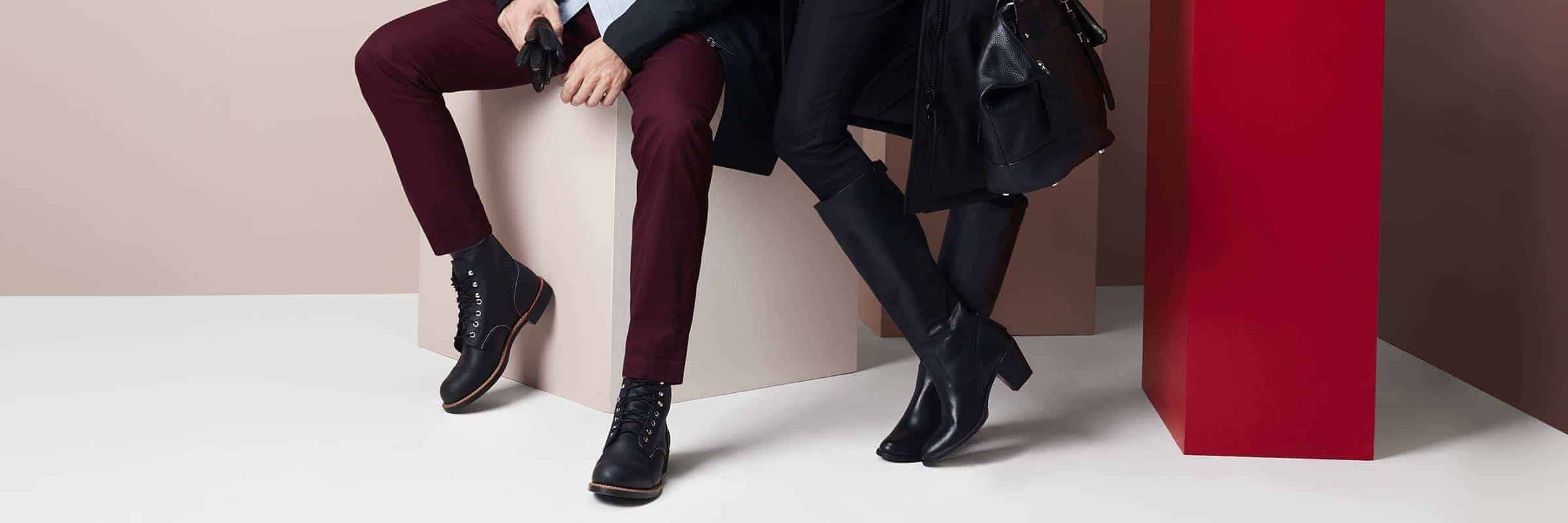
Temperature Ratings: How Reliable Are They?
First things first: watch out for those temperature ratings. The warmth that one feels may depend on one’s metabolism, what one eats in the day, on one’s state of health, etc. However, you can look for the number that appears next to the name of the insulation, this represents the weight of the insulation used. Generally speaking, winter boots have 200g of insulation which is enough in town, to walk outside or to stay active. Some will have 400g of insulation which is good if you have poor circulation, if you stand still outside for a long time or if you find yourself in very cold climates.
Moisture Management Begins With Your Socks!
Most winter boots nowadays have a waterproof membrane, whether it be Gore-Tex or a proprietary membrane developed by the brand, they are all designed to keep your feet dry. If you often have wet socks and feet in your boots, it’s most likely due to sweating and this moisture will probably make your feet cold. This is why wearing a good pair of socks is important. Avoid cotton and opt instead for socks made out of merino wool as these will keep your feet warm even when wet.
*You can also avoid cold feet by wearing a hat and mittens. The human body spends a lot of energy to keep you warm so without a hat and mittens, all this heat will escape. Make sure you keep that precious heat!
Still Cold? Try An Insole!
If your feet are still cold, you may want to consider a heated insole. Maybe you’ll prefer toe warmers: each envelope can be used one time only and creates heat for as long as 8 hours. However, it can be uncomfortable in the boot and, if not used properly, it can cause burns. Another option would be to use a wool or sheepskin insole which retains heat. Moreover, this insole can be added to any pair of boots like your trekking boots to extend the season for your walks in the forest!
If you need more selection, head over to our site and shop our whole collection of winter footwear and winter jackets!



